Video Presentations
- Research: Timing of Fire Study
Eric KnappWildland firefighters from the Stanislaus National Forest and researchers from PSW conducted a 21-acre prescribed burn on the Tuolumne Experimental Forest, October 29-30, 2022. The prescribed burn was a part of a Timing of Fire Study allowing researchers to compare how seasonal conditions affect the outcomes of prescribed fire. This video shows how we study the effects of prescribed fire and what we can learn.
Length: 3:57
Posted: November 18, 2022 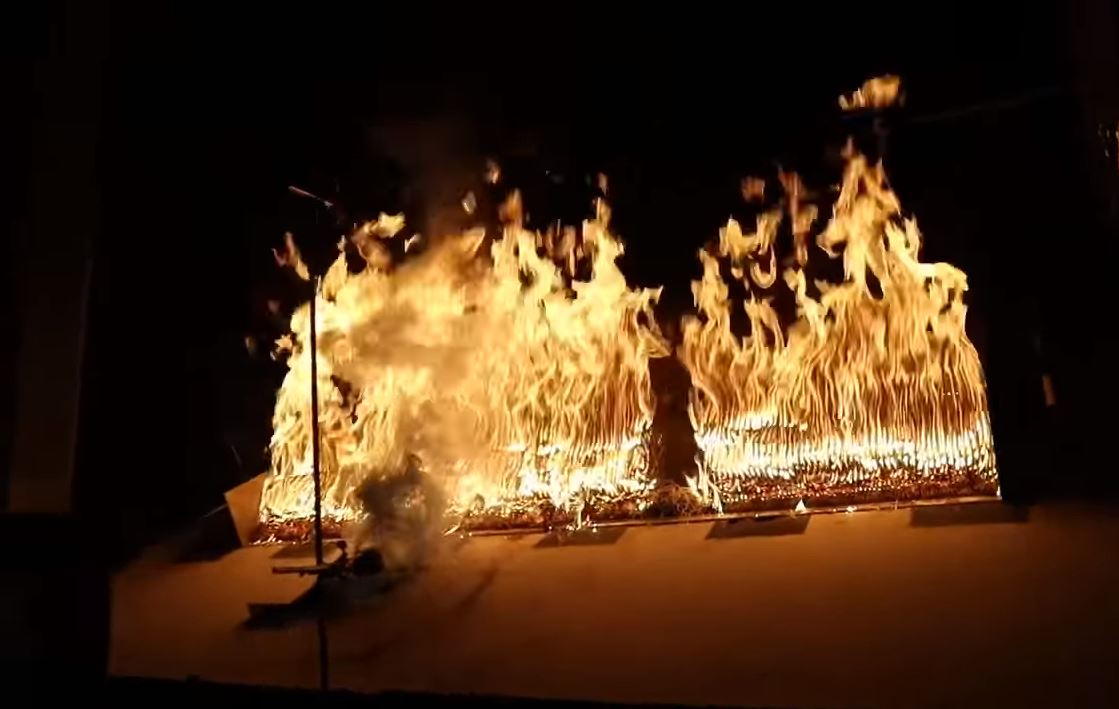 A Better Way to Think About Wildland Fires
A Better Way to Think About Wildland Fires
Rob and Haley Nelson, Diane Smith, Dana Walsh, Ken Pimlott, Mark Finney and Frank LakePSW and the Western Forestry Leadership Coalition teamed up with Untamed Science to produce a video educating people of the role and ecological benefits of wildfire in the western United States. Through interviews with scientists, land managers and wildfire responders, the video explores the factors leading up to today’s era of megafires and explains how greater tolerance by the public for other forms of managed wildfire might be the best path for healthier forests and less destructive fires in the future.
Length: 9:59
Posted: March 27, 2018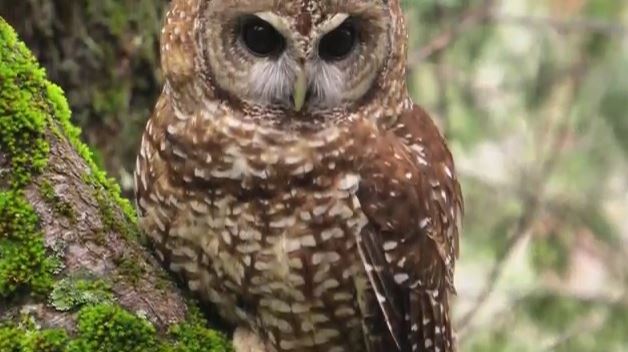 Managing Forests and Wildlife: Spotted Owls and Fishers
Managing Forests and Wildlife: Spotted Owls and Fishers
Malcolm North, Craig Thompson and John KeaneForests provide habitat for a wide variety of wildlife species. Researchers explain how variable forest conditions can help support species like the California spotted owl and fishers. Through forest management, we can help improve habitat for some of the species that are most threatened. Work being done in experimental forests is helping to advance our understanding of the effects of a variety of restoration treatments to forest structure and wildlife.
Length: 3:02
Posted: March 23, 2018 Restoring Our Forests: Managing the Recovery
Restoring Our Forests: Managing the Recovery
Carolyn Ballard, Ramiro Rojas, Eric Knapp and Malcolm NorthWith record drought and tree mortality impacting California, scientists and land managers are looking at adaptive strategies to manage National Forest System lands. Due to the high costs of reforestation and restoration, the focus is on identifying areas to prioritize and manage the tree density. Without a forest structure that is resilient to wildfire, the landscape could change to chaparral fields that dominate areas of Southern California.
Length: 5:14
Posted: March 23, 2018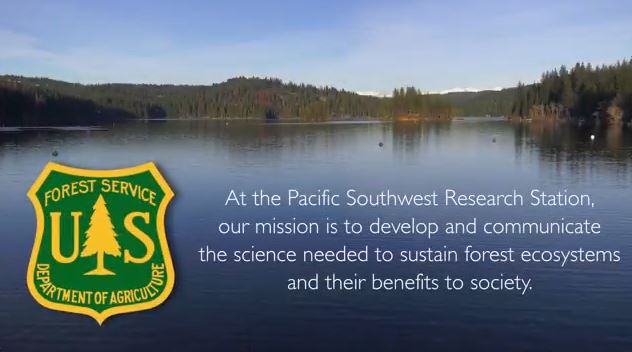 Understanding Forest Ecology: Fire, Water, and Bark Beetles
Understanding Forest Ecology: Fire, Water, and Bark Beetles
Malcolm North, Martin Ritchie and Connie MillarAn estimated 129 million trees have died in California’s national forests since 2010. It’s important to look at how the ecosystem works, and how it's tied together, to help to understand why. Researchers discuss two things that help to influence forests: fire and water. The availability of water influences the size of trees, the density and the types of trees. Fire controls what’s going on in the understory—the future of the forest.
Length: 6:15
Posted: March 23, 2018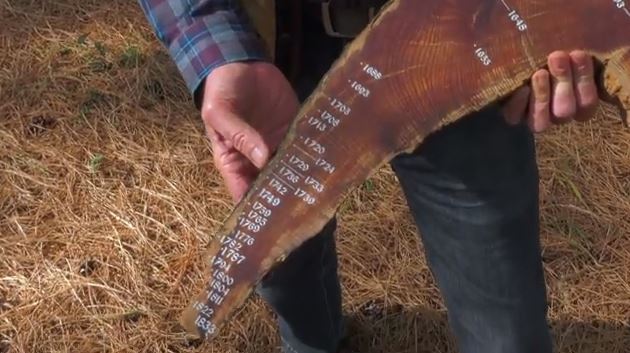 Forest Insights: Using the Past to Reshape the Future
Forest Insights: Using the Past to Reshape the Future
Eric KnappPast data on historic areas of the Sierra Nevada provide a window to the past and the type of conditions that existed there prior to fire suppression and logging. In areas absent of frequent fires, forest density has increased to set the stage for the tree mortality we see today. Researchers discuss a new study that creates a thinning treatment to restore spatial patters seen in historic forests. These treatments help make a forest resilient to fire and bark beetles.
Length: 2:34
Posted: March 23, 2018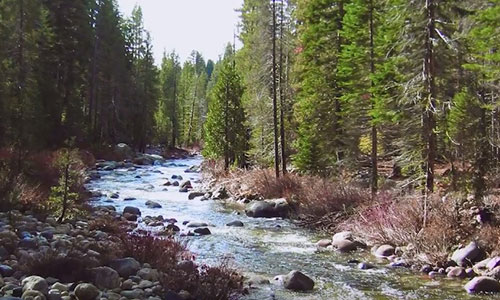 Science Perspectives - Using Experimental Watersheds to Understand the Impacts of Forest Management
Science Perspectives - Using Experimental Watersheds to Understand the Impacts of Forest Management
Carolyn HunsakerU.S. Forest Service Pacific Southwest Research Station researchers explain how their work and scientific findings on the Kings River Experimental Watersheds, located on the Sierra National Forest, help inform land managers facing challenging environmental issues such as drought, bark beetle infestation and air pollution.
Length: 6:18
Posted: March 20, 2017 Pika and Restoration
Pika and Restoration
Connie MillarThe American pika has become an icon for climate change. These rabbit relatives live almost exclusively in talus slopes at higher elevations. Researchers are attempting to determine their historic range and how rising temperatures will affect their habitats.
Length: 5:46
Posted: January 10, 2017 Potential of Filamentous Cyanobacteria on Post-Fire Chaparral Restoration Sites
Potential of Filamentous Cyanobacteria on Post-Fire Chaparral Restoration Sites
Ted St. John and Marcia NarogThis presentation by Dr. Ted St. John provides a brief review of experimental and observational explorations of filamentous cyanobacteria on National Forest System lands in southern California. The objective was to record soil and site conditions in which cyanobacterial inoculation may be feasible and beneficial, to culture site-specific cyanobacteria, and to evaluate methods of field inoculation.
Length: 14:50
Posted: January 20, 2016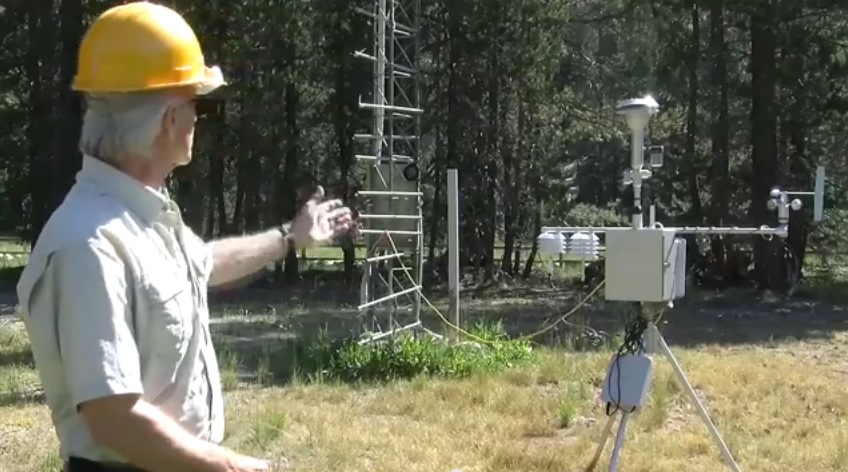 Air Quality in Devils Postpile National Monument
Air Quality in Devils Postpile National Monument
Andrzej BytnerowiczU.S. Forest Service Pacific Southwest Research Station scientist Dr. Andrzej Bytnerowicz talks about air quality in Devils Postpile National Monument.
Length: 5:25
Posted: December 8, 2014 Strawberry Guava Biocontrol in Hawaii
Strawberry Guava Biocontrol in Hawaii
Tracy JohnsonU.S. Forest Service Pacific Southwest Research Station scientist Dr. Tracy Johnson talks about the use of biocontrol on strawberry guava in Hawaii.
Length: 4:25
Posted: January 15, 2013 Fire Research at the Pacific Southwest Research Station
Fire Research at the Pacific Southwest Research Station
David Weise, Eric Knapp, Rick Bottoms, Carl Skinner, Brandon Collins, Jan Beyers, and Maria BenechU.S. Forest Service Pacific Southwest Research Station (PSW) scientists talk about their fire research conducted in California and the Pacific Islands.
Length: 6:10
Posted: November 19, 2012 Climate Change and Native Hawaiian Shrimp
Climate Change and Native Hawaiian Shrimp
Rich MacKenzieThe life cycle of native Hawaiian shrimp depends heavily on stream flow to carry them out to sea. A warmer, drier climate means less water in the streams, which could jeopardize their viability. In this video, PSW research ecologist Dr. Rich MacKenzie talks about his research on the shrimp and what they tell us about the surrounding ecosystem.
Length: 5:13
Posted: October 10, 2012 American Pika and Climate Change
American Pika and Climate Change
Connie MillarThe American pika has been thought to be the canary in the coal mine when it comes to the effects of climate change on alpine wildlife. Popular belief dictates that warming temperatures will push the highly temperature-sensitive animals upslope. In this video, PSW research ecologist Connie Millar talks about how the small montane mammals in the Eastern Sierra have actually been shown to adapt to the changing conditions.
Length: 9:54
Posted: June 26, 2012-
 Habitat Value of Mangroves for Fish in Micronesia
Habitat Value of Mangroves for Fish in Micronesia
Richard A. MacKenzieDiscussing the Kosrae and Yap islands of Micronesia
Length: 22:27  The Hawaii Tropical Experimental Forest
The Hawaii Tropical Experimental Forest
J. Boone KauffmanA new pathway to enhance the quality and relevence of forestry research, education, and demonstration in the pacific.
Length: 17:53-
 A General Framework for Ecological Restoration in Changing Climate
A General Framework for Ecological Restoration in Changing Climate
J. Boone KauffmanYap FSM and biological diversity in global context.
Length: 29:36 -
 Mangroves, Sediment and Water
Mangroves, Sediment and Water
Katie FridayImpacts of Urban Development and Global Change
Length: 22:26